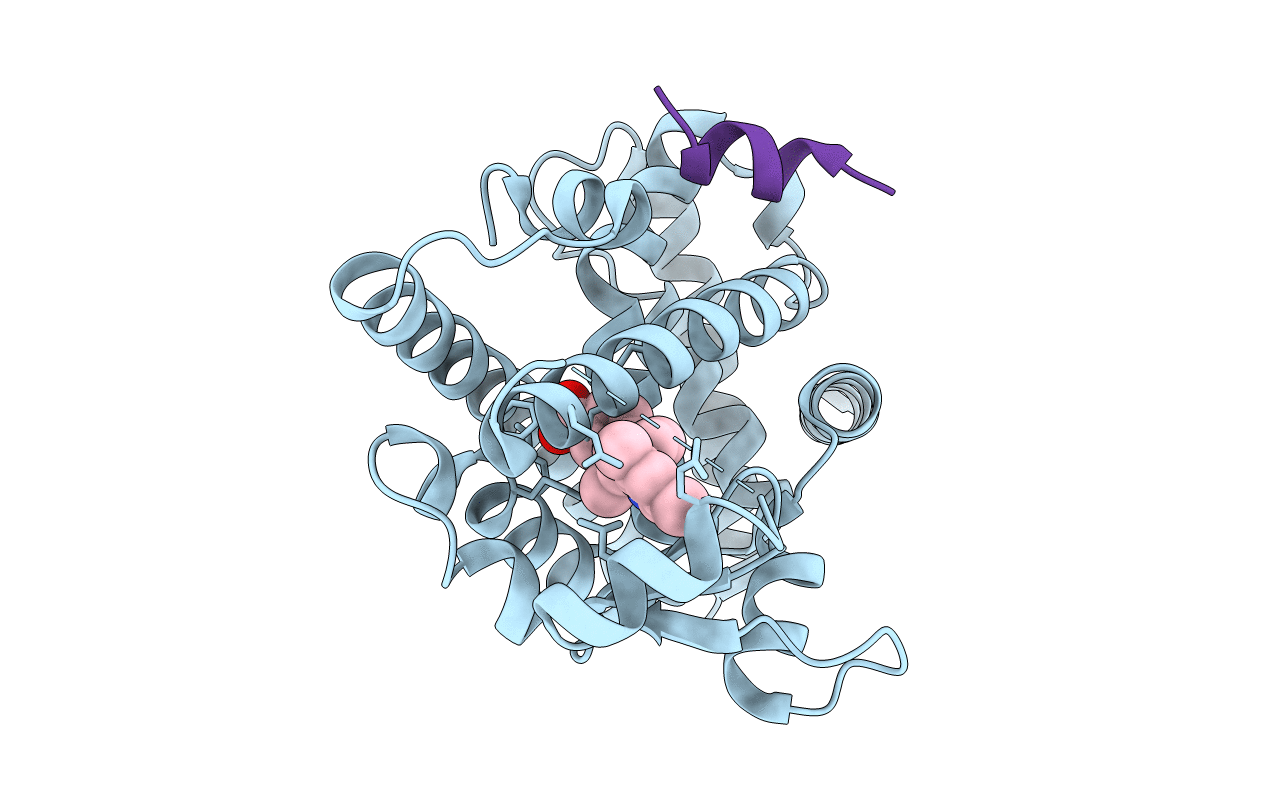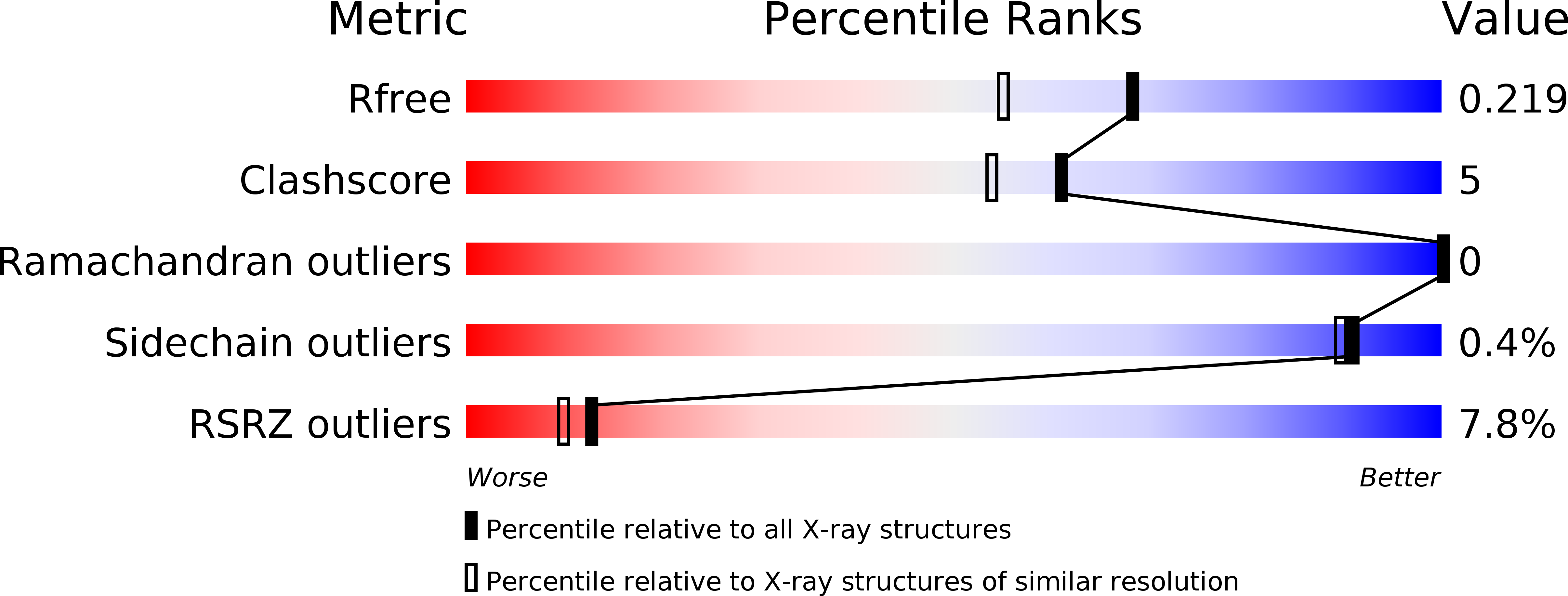
Deposition Date
2018-01-25
Release Date
2018-10-17
Last Version Date
2023-11-22
Entry Detail
PDB ID:
5Z6S
Keywords:
Title:
Crystal structure of the PPARgamma-LBD complexed with compound DS-6930
Biological Source:
Source Organism:
Homo sapiens (Taxon ID: 9606)
Host Organism:
Method Details:
Experimental Method:
Resolution:
1.80 Å
R-Value Free:
0.22
R-Value Work:
0.19
R-Value Observed:
0.19
Space Group:
P 1 21 1


